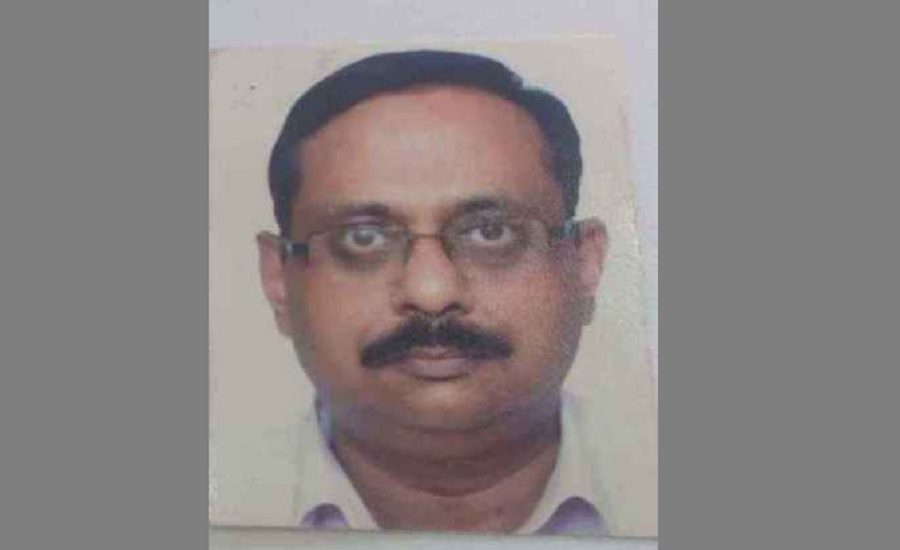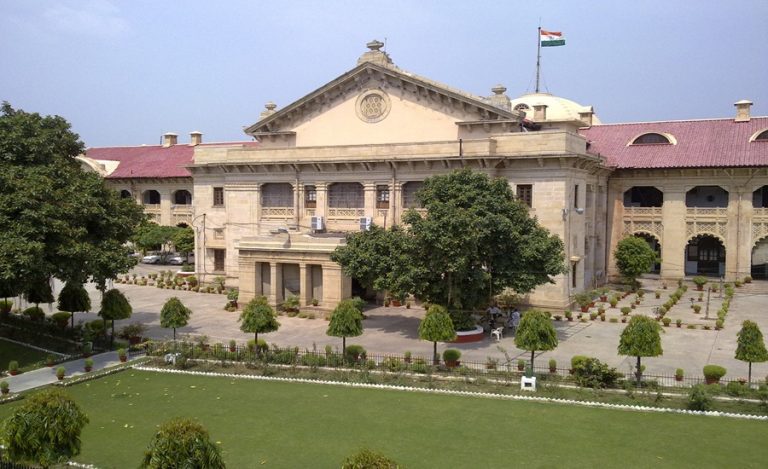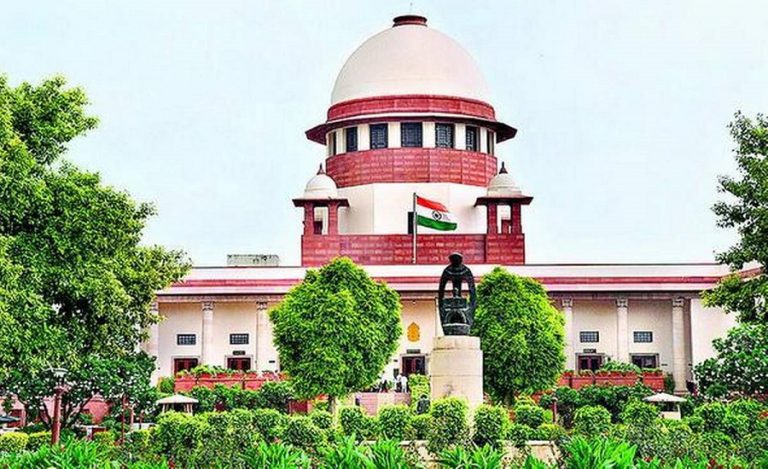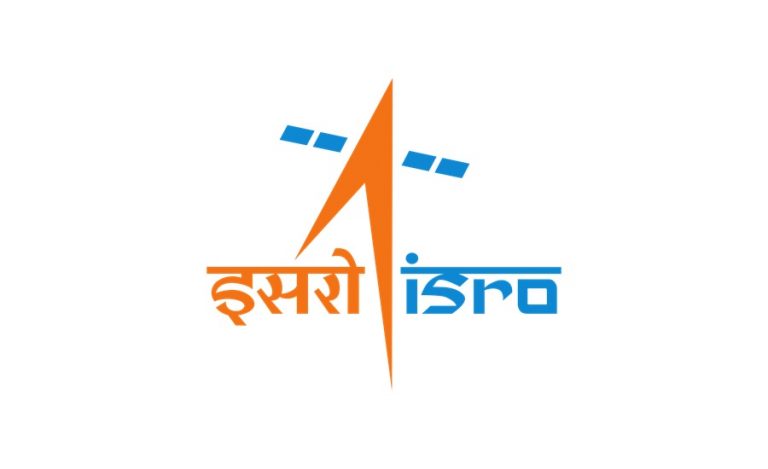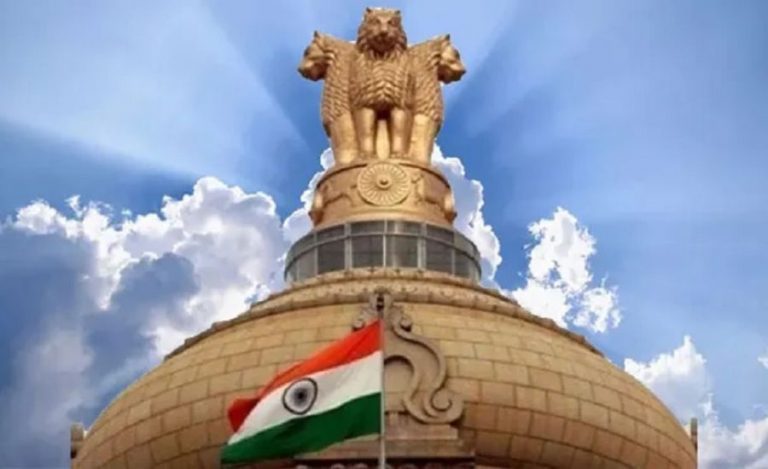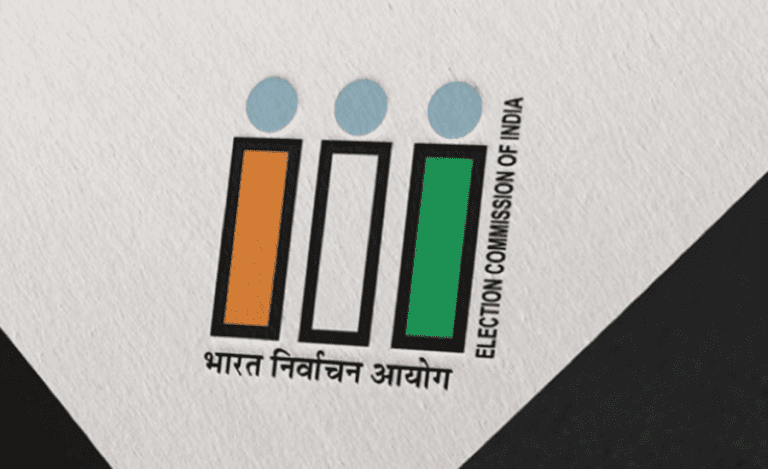Shimla: In a significant administrative development, the Himachal Pradesh Government on Monday night resolved the uncertainty surrounding the post of Chief Secretary by transferring senior-most IAS officer Sanjay Gupta (IAS: 1988 batch) and assigning him responsibilities equivalent in rank and status to the Chief Secretary, without officially designating him to the post.
This decision comes after the retirement of Chief Secretary Prabodh Saxena on September 30 and the denial of a further extension by the Central Government.
The move, announced through a Department of Personnel notification issued late on September 30, 2025, is being seen as a strategic attempt to manage a sensitive transition in the state bureaucracy without naming a formal successor immediately.
A Delicate Balancing Act
Sanjay Gupta, the most senior IAS officer currently serving in the Himachal Pradesh cadre, has been given a new charge that carries the rank, responsibilities, and status of the Chief Secretary, but without the formal title.
Such appointments are not uncommon in states where political and bureaucratic considerations intersect. By not formally appointing a new Chief Secretary, the state government has bought itself time to either build consensus or await further developments from the Centre.
Backdrop: Prabodh Saxena’s Sudden Exit and New Role
The development comes just hours after the retirement of Prabodh Saxena, a 1990-batch IAS officer who had previously received a rare six-month extension in March 2025, only to have his further extension request turned down by the Central Government.
In a swift post-retirement development, Saxena was appointed Chairman of the Himachal Pradesh State Electricity Board Limited (HPSEBL) for a three-year term, continuing to hold a position with equivalent rank and status to Chief Secretary.
Implications for State Bureaucracy
While Gupta’s appointment resolves the immediate leadership vacuum, the move is expected to raise discussions within bureaucratic circles about the delay or hesitation in naming a full-time Chief Secretary. The position of Chief Secretary is the highest-ranking civil servant in a state, and uncertainty around the post can often impact long-term policy continuity and administrative stability.
Observers note that this approach allows the government to retain flexibility in managing its senior leadership, especially given the evolving political landscape.

